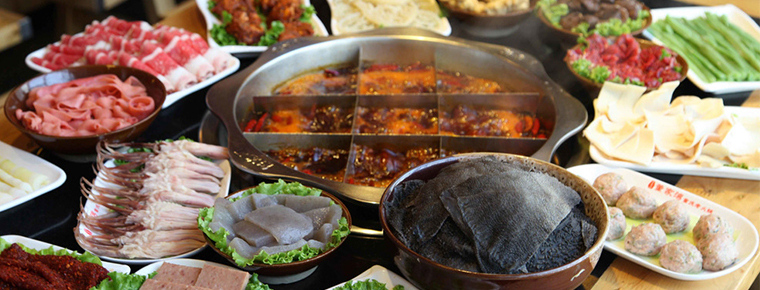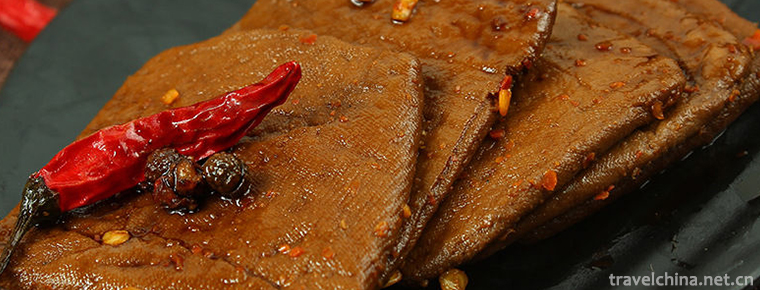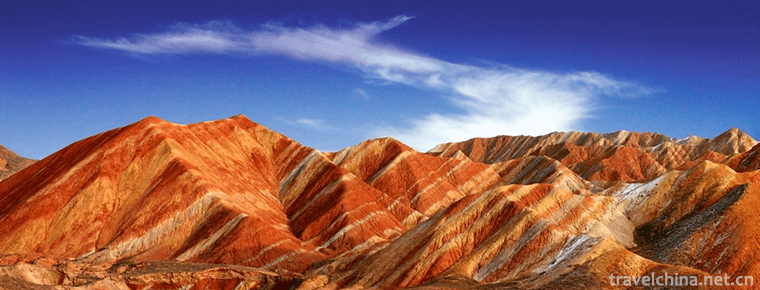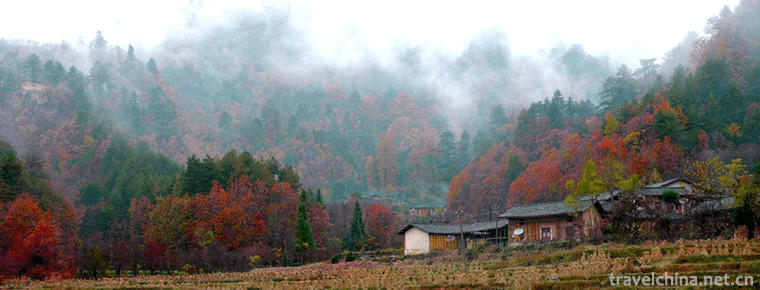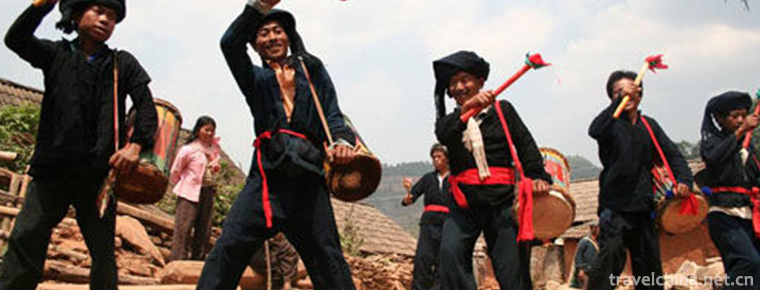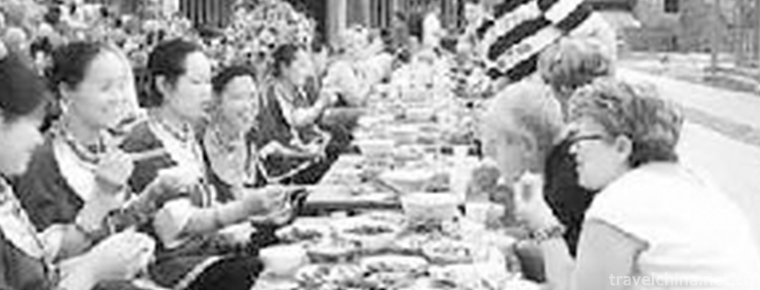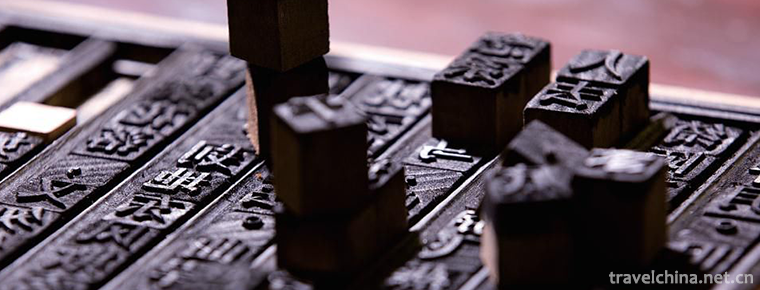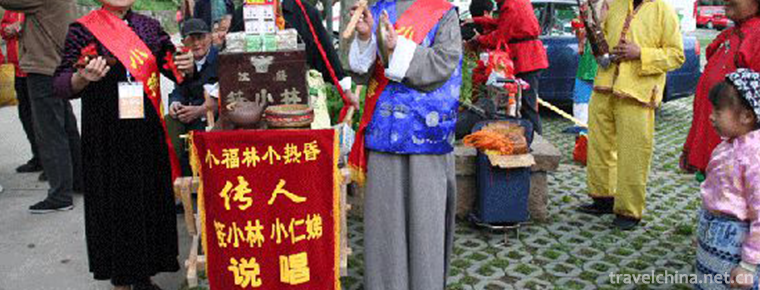Tongzhou Forest Park of Grand Canal
Tongzhou Forest Park of Grand Canal
Tongzhou Forest Park of the Grand Canal is located on both sides of the North Canal of Tongzhou New Town, Beijing. It starts from Luyang Bridge on the Sixth Ring Road in the north and Wuyao Bridge in the south. The river is about 8.6 kilometers long. The length of the left dike is 8191 meters, the length of the right dike is 3639 meters, and the total construction area is 713 hectares (about 10700 mu).
Among them, the water surface area is about 2500 mu, and the green area is about 8200 mu, which is the national AAAA class tourist attraction. "One river, two sides, six gardens and eighteen sceneries" have been constructed. Green Island Paradise of Grand Canal Forest Park was completed and opened in 2014.
Practical information
Ticket information
Free Admission
Opening Hours
Open all day
Best season
All the year round
playtime
2-4 hours
Traffic information
Bus route: take 938 branch line or No. 9 and No. 13 of Tongzhou to get off and walk 500 meters; transfer from Tuqiao Station of Batong Metro Line to No. 32 of Tongzhou (Forest Park) is accessible.
From the driving route: Beijing-Tong Expressway - along Batong Line to Beijing-Tianjin Highway (Jingtang Highway), through Zhangjiawan Industrial Park (Zhangjiawan Town Government Intersection) to the first intersection (Lucheng direction) turn left to Songliang Road, and continue driving 1000 meters to the right hand side.
Jingtong Expressway Ximazhuang Exit (Sanhe Direction) to Tongyan Expressway Songliang Road Exit
Jingtong speedily crosses Dongguan Bridge to the East and leads to Hu Street. Turn right to Songliang Road at T-junction, and go straight through Dongfang Chemical Plant on the left.
Main attractions
Six scenic spots
Distributed on both sides of the river, there are Taoliu Scenic Area in Luhe River, Wenying Scenic Area in Yuedao, Yinfeng Autumn Scenic Area, Jungle Vigorous Scenic Area, Shifting Boat Scenic Area in Mingjing and Pinglin Scenic Area in Gaotai.
Eighteen attractions
Distribution in the six scenic spots, there are Taoliu Yingbian, Yuqiao Spring, Tea House Evening, Huangmu Gudu, Changhong Flower Rain, Moon Island Painting, Wetland Frog sound, Banshan people, Yinfeng autumn fruit, Maple Forest Camphor, Canopy storage, popular Ludang, jungle carnival, Shuangjin Tiancheng, Mingjing Shift boat, Pinglin tobacco tree, Juhong Ruotu, Gaotai vast.
Gaotaiping Forest Scenic Area is located in the south of Wuxing Road, covering an area of more than 1500 mu. With plant landscape as the main body, it highlights large color blocks and large landscape by natural and simple methods, forming a natural transition from canal field scenery to rural scenery, paving the way for the downstream greening project of the canal.
Mingjing Shift Boat Scenic Area covers an area of more than 1000 mu, located near Gantang Rubber Dam, is the terminal point of the canal on the water upstream, and is also the widest water surface of the project area, with the widest water surface reaching 360 meters. The water surface is as calm as a mirror, standing on the dam peninsula, looking at the broad and calm water surface of the canal gives people infinite reverie; the "Luhe River Transport Supervision Map" on the landscape wall tells visitors about the historical picture of the prosperity of the canal.
covers an area of about 800 mu, and nearly 80% of the scenic area is forest and orchard. In the planning process, in line with the principle of adapting measures to local conditions, make full use of existing resources, minimize cutting and transplantation, and transform and upgrade existing forests. The forest edge should be reformed, evergreen trees, color-leafed trees and flower shrubs should be added, levels and colors should be increased, forest windows should be opened, roads, squares and game facilities should be added in the forest, so that visitors can make full use of the undergrowth space; the orchard should be enriched and renewed, and necessary landscape and service facilities should be added to make it a productive and enjoyable picking area.
Yinfeng Autumn Scenic Spot covers an area of more than 1000 mu. Taking the waterway terminal as the background and the cao-grain storage as the theme, Yinfeng Autumn Scenic Spot reproduces the joyful scene of full grain storage and autumn harvest on both sides of the canal in a modern form. On the basis of drawing lessons from historical pictures and texts, we designed a greenhouse around the waterway terminal, which can be used as a "greenhouse" for planting four-season plants, as well as a display base for displaying waterway transport culture and reflecting people's lives, and as a display window for urban sightseeing agriculture industry in our region.
Moon Island Wenying Scenic Spot) Moon Island is a prominent terrain formed in the course of the river regulation of the North Canal. It is surrounded by water on all sides and resembles the crescent moon, so it is named Moon Island. The planned area of Yue Island is 256 mu, with tall arbor forests as the main part, taking into account the combination of evergreen and flower irrigation plants, highlighting the three-dimensional vegetation structure. There are more than 100 varieties of trees, shrubs, flowers, grasses, ground cover and wet plants planted on the island, which not only provides safe nesting sites for different birds, but also makes it a popular demonstration base for centrally displaying northern plant varieties.
Taoliu scenic spot of Luhe River is located in the south of Lutong Bridge, covering an area of nearly 1000 mu. The scenic spot mainly focuses on plant landscaping. It pays attention to the natural transition from the canal city landscape to the field scenery, planting a large area of peach, apricot, plum and other spring flowers, and forming a beautiful landscape reflecting the Bank of peach and willow with weeping willow. The theme of the scenic spot is the memory of the city and the memory of the history, and the landscape nodes are set up respectively. The jujube trees, Sophora japonica and elm trees left over from the process of urban construction and demolition are transplanted into the park to protect them, leaving little memories of the past life for the demolition residents and witnessing their dedication to speeding up urban construction.
Tan Xin, former vice president of the Beijing Institute of Landscape Design, a designer of the Grand Canal Forest Park, said that Tongzhou's vast rivers and embankments were "unique" in Beijing. Therefore, the Grand Canal Forest Park embodies the design concept of "green as the body, water as the soul, forest and water depend on each other", 18 scenic spots are mostly from historical allusions.
Jujube Red Ruotu: The name comes from Qianlong's poem "When the North Jujube Red Tree Ruotu", describing the scenery of jujube trees on both sides of the Tongzhou Canal in ancient times. Today the scenic area covers hundreds of mu of jujube trees, reproducing the past landscape.
Tea-shed Talk Evening: On the right bank of the canal north of Songlang Road Bridge, there used to be a Guandi Temple in ancient times, which was the symbol of the passenger ship Wharf at the northern end of the Grand Canal. All the literati and businessmen traveling along the canal north would disembark and land there. Because Emperor Guan was also regarded as the God of wealth in ancient times, in the past, most businessmen went to temples to burn incense and worship, praying for blessings and wealth. At that time, Taoists in the temple erected a large mattress shed in front of the mountain gate to sell tea for the passers-by to drink.
Huangmu Gudu: In the 35 years of Wanli in Ming Dynasty, the flood of Tongzhou Canal broke out, bursting the bank and flushing all kinds of Royal precious timber accumulated in Huangmuchang in the north of Tongzhou City into the canal. There are still several ancient Huangmu trees sinking at the bottom of this section of the river, so it is named "Huangmu Gudu". In addition, it is also a famous "shipwreck cemetery" on the canal. The Tongzhou Canal flooded in Jiaqing in the Qing Dynasty in 13 years. The River turned and the current was turbulent, forming a whirlpool. The boat was easily out of control, so it got its name. It is understood that dozens of sunken ships have been discovered and found here.
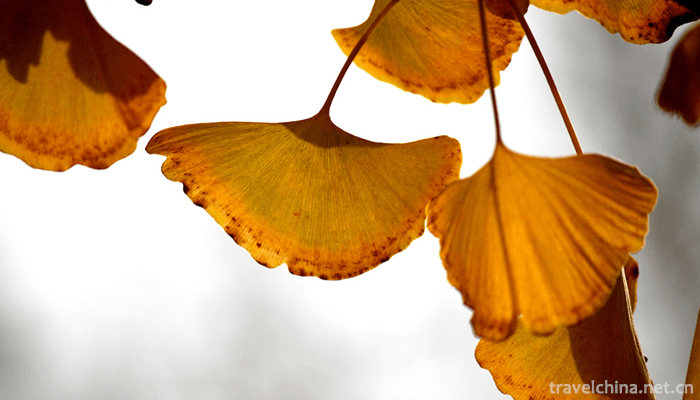
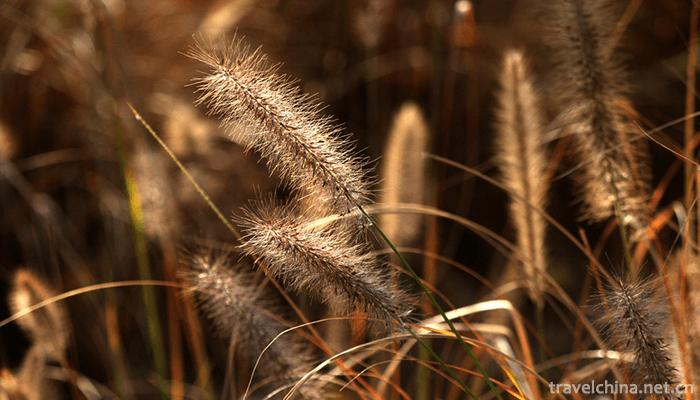
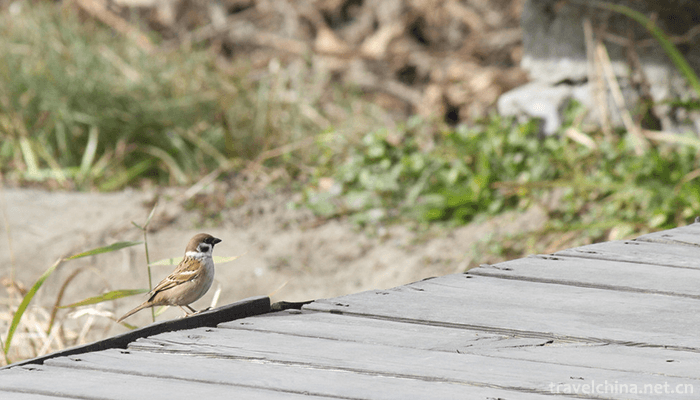
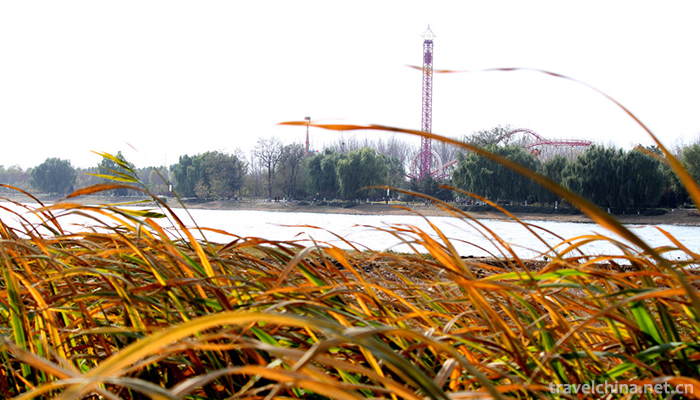

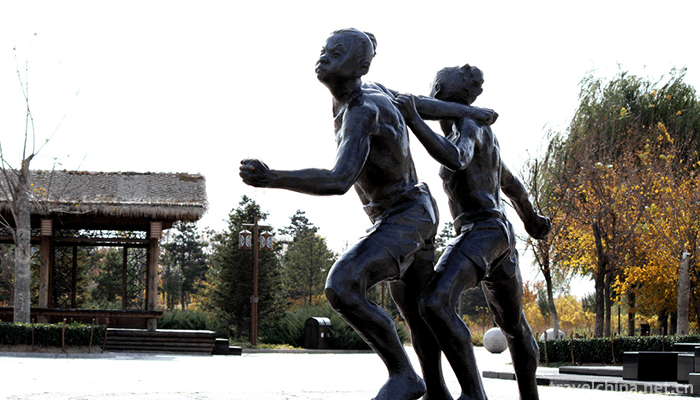
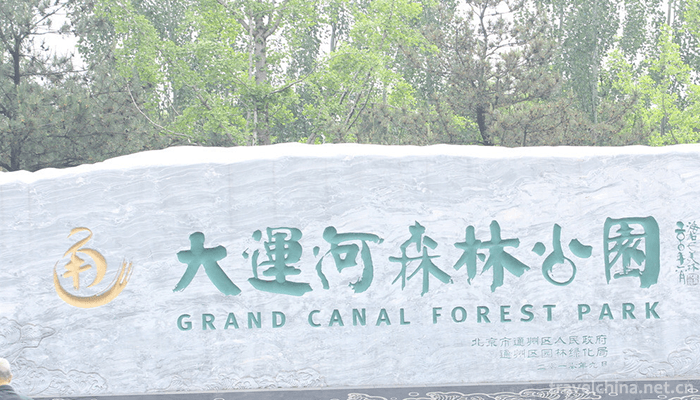
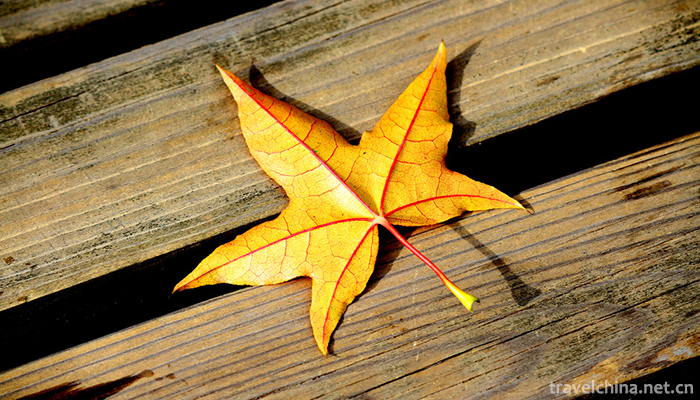
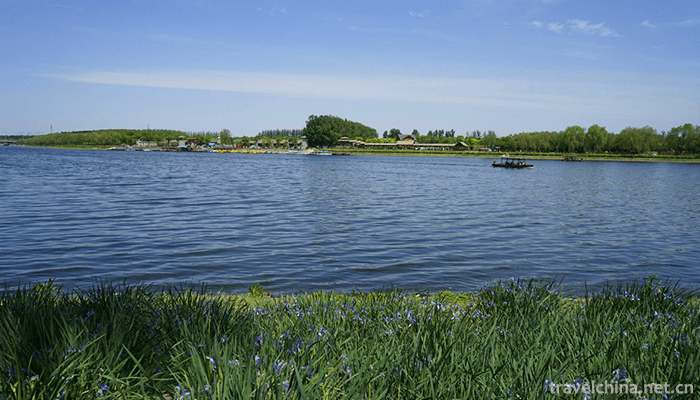
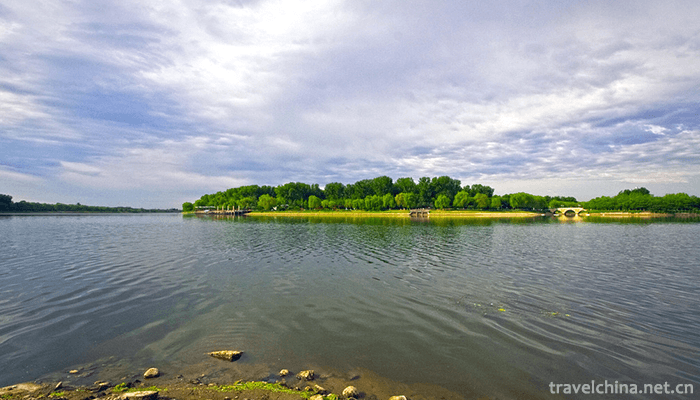
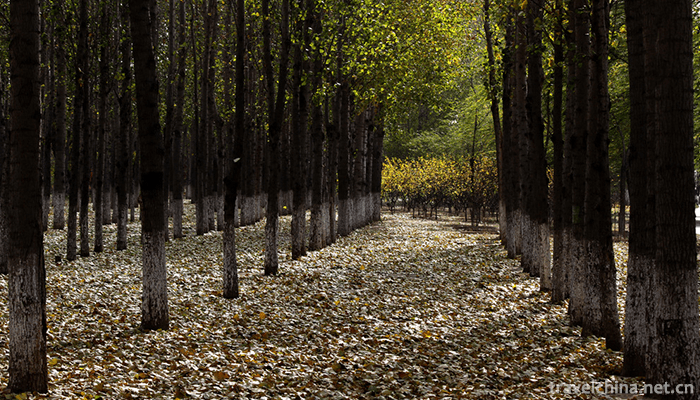
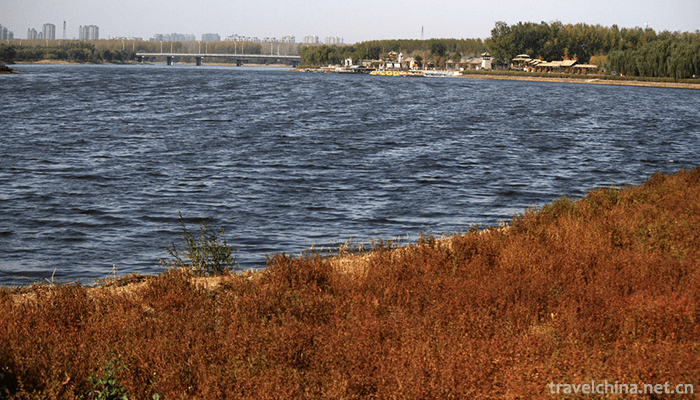
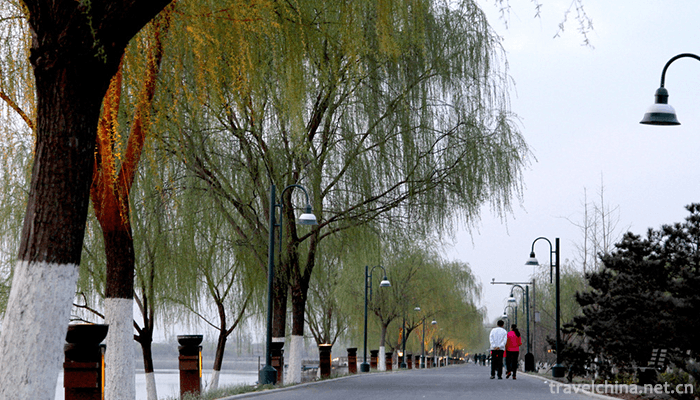
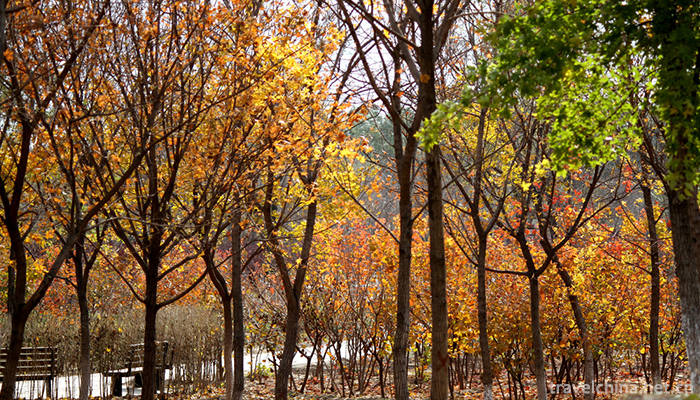
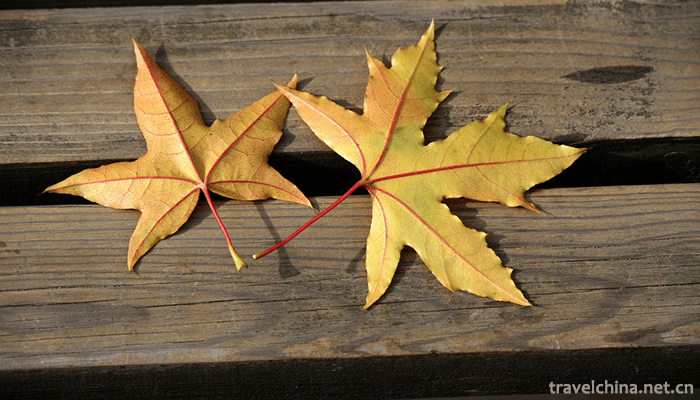

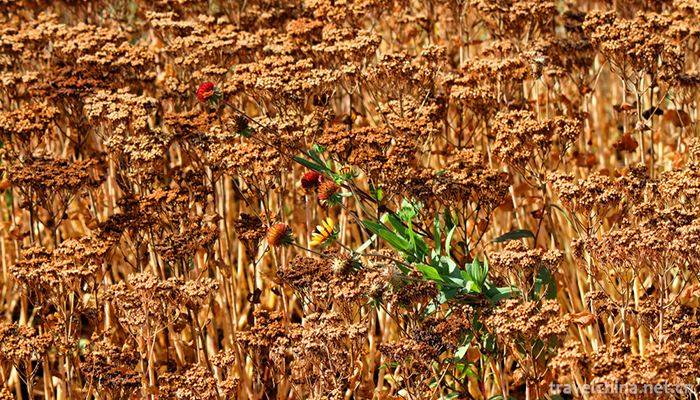
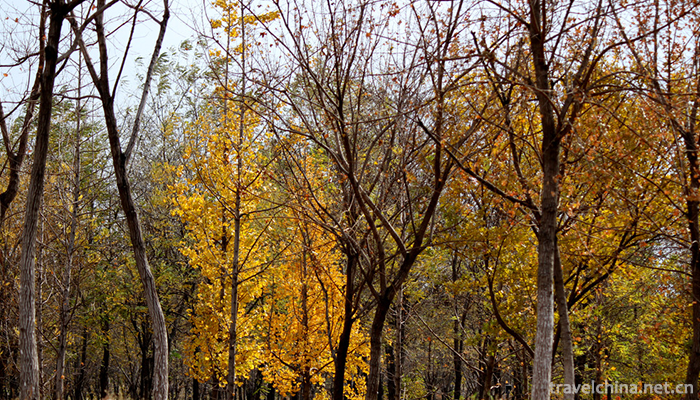
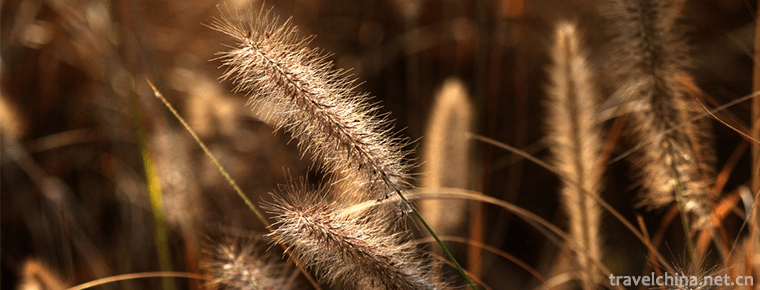
Tongzhou Forest Park of Grand Canal
-
Five city tea driedWucheng Dried Tea
Wucheng Dried Tea, a specialty of Xiuning County, Anhui Province, is a national geographical indication product.
Views: 139 Time 2018-11-27 -
Zhangye Danxia National Geological Park
Zhangye Danxia National Geological Park is the only Danxia landform and color hilly landscape complex area in China. Located at the northern foot of Qilian Mountains, 30 kilometers south of Linze Coun
Views: 210 Time 2019-03-16 -
Changqing Huayang Scenic Area
Huayang Scenic Area is a national AAAA-level tourist attraction, located in Huayang Town, Yangxian County, south of Qinling Mountains, 76 kilometers away from the county seat, with an average elevatio
Views: 204 Time 2019-03-17 -
Butterfly Bucket Encouragement of the Browns
Buzz drum dance is a kind of collective dance of men and women of ancestral origin. It has great improvisation. There are two kinds of dance methods: He Xinfang and
Views: 325 Time 2019-04-04 -
Dong medicine
Dong medicine is a bright pearl in the treasure house of Chinese medicine. The Dong people living in mountainous areas for generations have accumulated experience in treating various diseases and form
Views: 105 Time 2019-04-27 -
Wood movable type printing technology
Dongyuan Village is located in the southwest of Ruian City, Zhejiang Province. According to the local "Wang's genealogy of Taiyuan County", in the early Yuan Dynasty, Wang Famao, a hermit in
Views: 131 Time 2019-06-06 -
Small febrile coma
Xiao Redun is a kind of traditional Wu rhetoric banter popular in Jiangsu, Zhejiang and Shanghai. It is also known as "Xiaogongshu", commonly known as "selling pear ointment candy"
Views: 118 Time 2019-07-06 -
Dagu Glacier
Dagu iceberg scenic area is located in Heishui County, Aba Tibetan and Qiang Autonomous Prefecture, Sichuan Province, China, 102.44.15-102.52.46 E and 32.12.30-32.17.06 n, which is a rare modern mountain glacier.
Views: 363 Time 2020-11-07 -
Notice for visiting Chengdu Giant Panda Base
Please don't make any noise. Don't make any abnormal or sharp sounds, which will disturb the wild animals. Giant pandas and other animals naturally like quiet environment and are sensitive to noise. In order to ensure the effect of your visit, please respect their living habits and keep a quiet environment.
Views: 97 Time 2020-12-13 -
Resources and environment of Leshan
By the end of 2018, the total energy consumption of Leshan City was 15.3994 million tons of standard coal, an increase of 580900 tons of standard coal over the previous year. The energy consumption of 10000 yuan GDP decreased by 4.38%.
Views: 169 Time 2020-12-17 -
Dazhous first industry
In 2019, the annual grain planting area of Dazhou city is 556900 hectares, an increase of 0.3% over the previous year. Among them, rice was 191500 ha, an increase of 0.2%; maize was 137500 ha, an increase of 0.9%; potato was 162000 ha, a decreas
Views: 199 Time 2020-12-20
